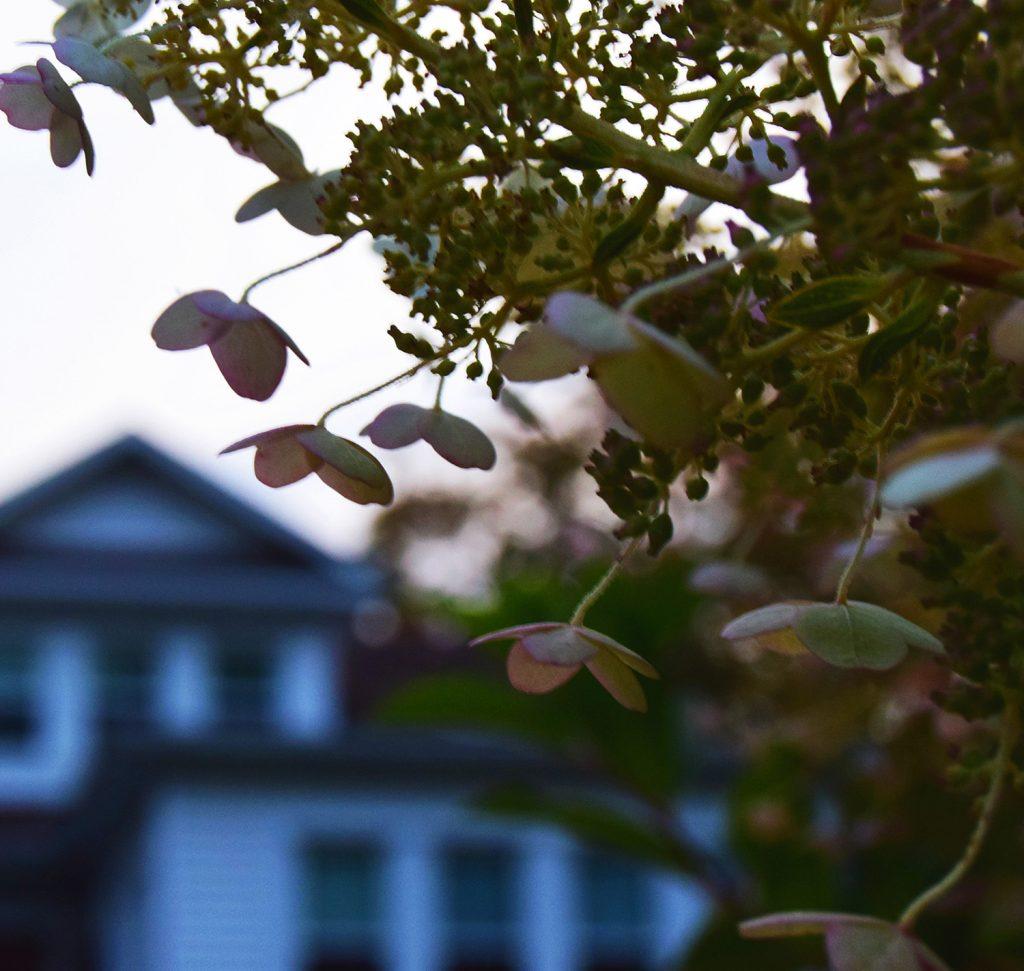One of the most beautiful streets in downtown Erie is undeniably historical West Sixth Street, known to some as “Millionaires Row.”
Recognized by the National Register of Historic Places, the West Sixth Street Historic District contains treasures many do not know about, including a block known as Garden Court.
According to Preservation Erie, Garden Court is Erie’s oldest subdivision. Garden Court includes 27 homes between Cherry and Poplar streets along the 600 blocks of West Sixth and West Seventh streets.
Garden Court, which sits on Erie’s city square number 40, was developed by the Civic Art Realty Company. During the construction period between 1907 and 1930, strict regulations were imposed on plans for new residences within the new Garden Court block.
Homes built in Garden Court were to be “designed for one family only” and were permitted to “cost not less than thirty-five hundred dollars ($3,500), judged by the ruling prices of 1907 for labor and material.” No commercial buildings were permitted.
When homeowners in the Garden Court subdivision purchased their residence, they became a member of the block’s organization and paid dues in order to maintain a large, oval-shaped inner courtyard, the unique feature responsible for Garden Court’s name.
Although there are certainly many beautiful residential blocks in Erie, Garden Court differs because of its enclosed green space, which was an advanced planning concept for its day. Behind the residences’ facades, the backyards connect to form a sizeable green space to be used by Garden Court residents. Walking down the sidewalk, one would probably never guess what lies behind. Look close enough, and you will find there are four entrances located at the four corners of the block where residents’ automobiles enter the courtyard.
In July, Preservation Erie offered a $5 tour of Garden Court for up to 15 individuals. The tour was guided by Garden Court residents.
Melinda Meyer, chair of Preservation Erie, said that Garden Court is a very special place in the city.
“The design of Garden Court, with its one-block size and shared driveways and courtyard, encourages neighbor to neighbor interaction,” Meyer said. “It’s a community within a community.”
Meyer believes that the majority of residents who live in Garden Court have a deep understanding for the history and uniqueness of the block.
As Erie continues to look for ways to improve its long-term economic, historical, and cultural viability, protecting blocks like Garden Court becomes extremely important.
Erie County passed its Cultural Heritage Plan on Aug. 15, which outlines an overall strategy for the county’s preservation efforts. According to the Erie County website, “[t]he ultimate goal is for the County’s collection of historic and cultural assets to remain relevant in the modern world, adapted to the needs of today’s population, and attractive to future residents, businesses, investors, and visitors.”
The Cultural Heritage Plan will be used in conjunction with Erie County’s Comprehensive Plan, Erie Refocused, to preserve historical sites like Garden Court in the future.
By KATE ROBB
[email protected]








